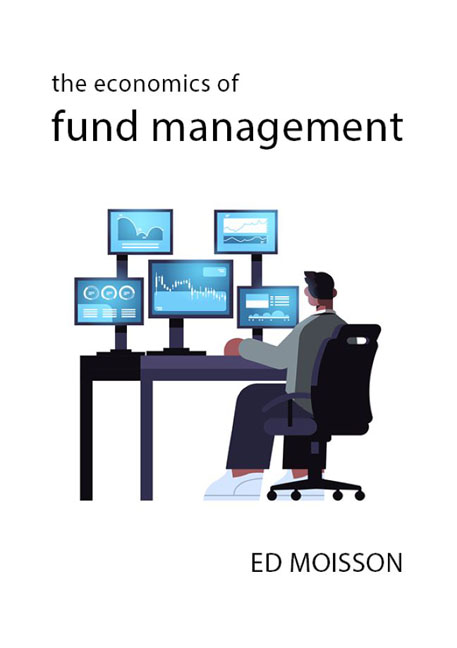Book contents
- Frontmatter
- Contents
- Preface and Acknowledgements
- Acronyms and Abbreviations
- 1 Introduction
- 2 Organization
- 3 Business Model
- 4 Managing Money
- 5 Stars and Scandals
- 6 Purpose and Sustainability
- 7 Regulations and Responsibilities
- 8 Sales and Products
- 9 Fees and Charging
- 10 Conclusions and the Future: Have We Reached Peak Mutual Fund?
- Glossary
- References
- Tables and Figures
- Index
7 - Regulations and Responsibilities
Published online by Cambridge University Press: 20 January 2024
- Frontmatter
- Contents
- Preface and Acknowledgements
- Acronyms and Abbreviations
- 1 Introduction
- 2 Organization
- 3 Business Model
- 4 Managing Money
- 5 Stars and Scandals
- 6 Purpose and Sustainability
- 7 Regulations and Responsibilities
- 8 Sales and Products
- 9 Fees and Charging
- 10 Conclusions and the Future: Have We Reached Peak Mutual Fund?
- Glossary
- References
- Tables and Figures
- Index
Summary
The aim of this chapter is to give an overview of the main fund structures used by UK and European asset managers, as well as the evolution of product regulations that have supported the growth of mutual funds across Europe. It is not intended as a detailed primer on fund regulation. There is an ongoing tension between asset managers’ desire for less regulation (and its associated costs) and regulators’ instinct to regulate (to safeguard investors’ interests). Despite this, the European asset management industry can thank supportive fund regulation as part of the reason for its impressive growth over the past 30 years.
Fund structures
The first fund in the UK was set up in 1868, the Foreign & Colonial Government Trust, which is now the £5.6 billion F&C Investment Trust. Originally established with a trust structure, the fund is now a closed-ended investment company, also known as an investment trust. The UK had to wait until 1931 for its first open-ended fund, the Municipal & General First British Fixed Trust, which had a fixed term of 20 years and so was then replaced by the M&G General Trust, which in turn has had several reincarnations, latterly as the M&G Blue Chip fund, which merged into the M&G UK Growth fund in 2006. In turn, this fund was renamed M&G UK Select in 2015 and had assets of £500 million in May 2022. M&G had originally been inspired by the first US open-ended fund, the Massachusetts Investors’ Trust that launched in 1924. This US-based fund has fared better than M&G's UK product and now manages assets of $7.1 billion (£5.3 billion).
While tracking an index is an investment strategy, rather than a distinct fund structure, it is worth noting that after some false starts by other firms, the first index fund open to retail investors was launched by John Bogle in 1975, the First Index Investment Trust. Today it is the Vanguard 500 Index Fund, with assets of $770 billion in May 2022. Developing index-based products further, the first exchange traded fund was established in Canada in 1990, Toronto 35 Index Participation units. Today this is the iShares S&P/TSX 60 Index ETF, which had assets totalling CA$12.6 billion (£8.1 billion) in May 2022. The first US product was launched in 1993 by State Street Global Advisors, the S&P 500 Trust ETF, which manages $346 billion (in June 2022).
- Type
- Chapter
- Information
- The Economics of Fund Management , pp. 141 - 162Publisher: Agenda PublishingPrint publication year: 2022

